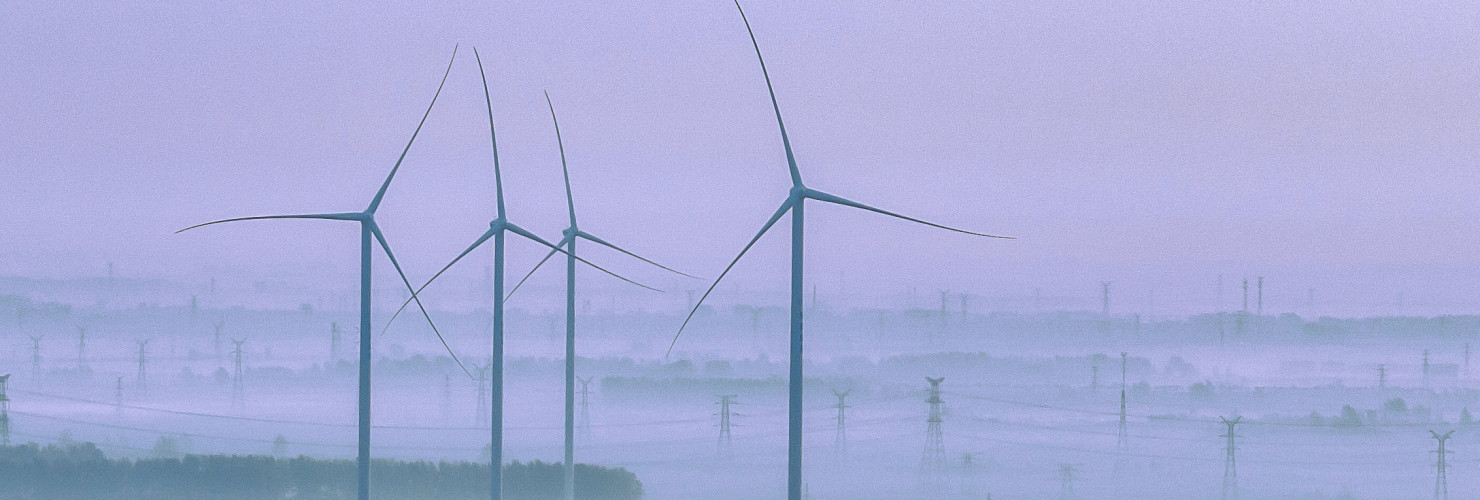

De-risking green tech in China: From dependence to dominance
To Beijing, de-risking is a political goal, not an economic one, says Nis Grünberg. The steep price China had to pay for growing industry leaders and dominating supply chains, particularly in green tech, has been worth it. This article is part of our series on China’s strategies to reduce vulnerabilities.
In recent years, Chinese planners have addressed dependence on foreign technology with an industrial policy of building and protecting domestic capacities, not unlike the current European policy of de-risking. Realizing China’s weak position in global supply chains and technologies two decades ago, authorities launched development plans, notably the 15-year plan for science and technology in 2006, and the 2015 plan Made in China 2025. The goal: to break dependence on foreign suppliers of critical technology and emerging industries. At the time, this was not thought of as de-risking, but it reversed China’s exposure to many of the same risks the EU now faces. Moreover, a tech war with the US, geopolitical tensions, and Beijing’s quest for self-reliance are reinforcing the approach to structurally support and protect domestic industry and value chains.
While not all sectors on Beijing’s wish list have become success stories, many targeted industries have grown large and internationally competitive, and in some markets dominant. In 2023, China overtook Japan as the world’s largest auto exporter. In public transportation, China has become a strong competitor, including in high-speed rail and urban transport. China is still years from building jets, cutting edge chips and other high-tech equipment, but is building large industrial capacities and know-how in all strategic industries earmarked by Beijing. Results are apparent in most of these sectors, from med-tech to aerospace and military equipment.
Nowhere is this success as striking as in green tech. China’s development plans have for years included new energy, clean tech, new energy vehicles, and critical minerals. It now wants to be at the forefront of the green tech revolution, with explicit policy targets to become internationally competitive and to foster Chinese green tech industry leaders. This has already been seen in the photovoltaic (PV) sector and in batteries and is currently unfolding in the electric vehicle (EV) sector. Green hydrogen, power transmission and storage technology, climate adaptation solutions and others are also at various stages of the cycle of state support, investment mobilization, overcapacity and consolidation, but have already produced a handful of “winners.”
To Beijing, de-risking is a political goal, not an economic one
Not all industries will make it, but planners are aware that strategic industrial policy is a long-term endeavor and accept that sunk costs and a national return on investment far below the global average are the price for success, as shown by PV and EVs. To Beijing, de-risking is a political goal, not an economic one, and the steep price of growing industry leaders and supply chain domination has been worth it. State support for R&D to establish China’s solar industry, for example, has been estimated at around USD 23 billion, support for the corporate sector around USD 60 billion, generating a workforce of 60,000 and around thousands of patents filed in solar technology. Today it is a model for establishing an economy around sustainable tech.
In new energy, China has instituted broad policies supporting domestic development and innovation as well as traditional and often dirty but critical upstream industries, such as steel, mineral processing, and refining. Fostering “little giants” in high tech and shifting its industrial policy from broad and wasteful support toward a more targeted “accelerator state” is further strengthening China’s position in the sector. In green hydrogen for example, China remains in earlier stages, with ongoing state support and investment mobilization. In older hydrogen technologies such as alkaline electrolysis, China is already price competitive, but is funneling vast resources into R&D and company support for more advanced production methods such as proton exchange membrane electrolysis (PEM) and solid oxide electrolysis.
Now signs point to a next phase: overcapacity and a painful consolidation into a few domestic and protected winners. Like other industries flourishing on state-support, green hydrogen is likely to see a small number of domestic players form a strong industry base with internationally competitive technology. Current industry leaders, such as Siemens and Nucera, have ample reason to expect developments similar to PV and batteries. Favorable procurement practices and subsidized price-competitiveness of domestic suppliers add up to a powerful home advantage for Chinese technology in China’s systemic decarbonization drive.
To bolster industrial capacity and domestic technology, China’s industrialist approach has also targeted supply chain security. This includes domestic input materials and mineral processing as well as investment in and ownership of critical resource suppliers abroad. Lithium, a key mineral for batteries, is one example. Building domestic production, acquiring (shares of) global supply, and controlling supply chains for domestic industry have all been part of the industrial policy package. Today, China controls around 70% of lithium cell manufacturing for EVs, even though it only mines 13% of global supply. For polysilicon, a key ingredient for solar PV, it controls over 80%.
Beijing is driving new multilateral and bilateral alliances to secure markets
Beijing is also driving new multilateral and bilateral alliances to secure markets for its large industrial capacities. From Beijing’s point of view, its USD 600 billion in exports to Europe are a risk that should be addressed by expanding to new markets to absorb Chinese products, in the likely case the EU increases its tariffs and barriers in the name of its own de-risking. This is especially important given the cyclical overcapacity built into this export-oriented development model.
After propping up its industrial system for decades, China is far ahead of the EU at the “promote, protect, partner up” game. The strength of this approach should be obvious, even though China’s financial resources are more strained than ever. De-risking the Chinese way is above all an investment in domestic industry that has increased supply chain security and fostered competitive Chinese technologies. It is a political objective less distracted by special interests like individual corporate profits or ideological notions of level playing fields and infallible invisible hands.
Technocracy, including China’s wasteful and over-ambitious industrial policy regime, does have its limits, and it is wasting public resources direly needed to boost welfare, public services, and consumption. Nevertheless, systematic support of technology and industrial capacity can deliver on technocratic dreams of domestic technology and (relative) supply chain security. China may have a system that isn’t perfect, but good enough for its intended purpose of establishing prioritized industries. European de-risking would be well advised to draw lessons from it.
Given the immense cost China pays for building and keeping domestic industrial capacities, European leaders need to realize just how much political will and economic resources are needed to achieve anything remotely near China’s manufacturing capacities, or even to simply keep Europe’s “golden eggs” at home. Given our own sluggish green transition, time is running out and smart and agile policy for managing our green tech dependence is needed. As Jessica Chen Weiss of Cornell University aptly put it: Don’t try to out-China China.
